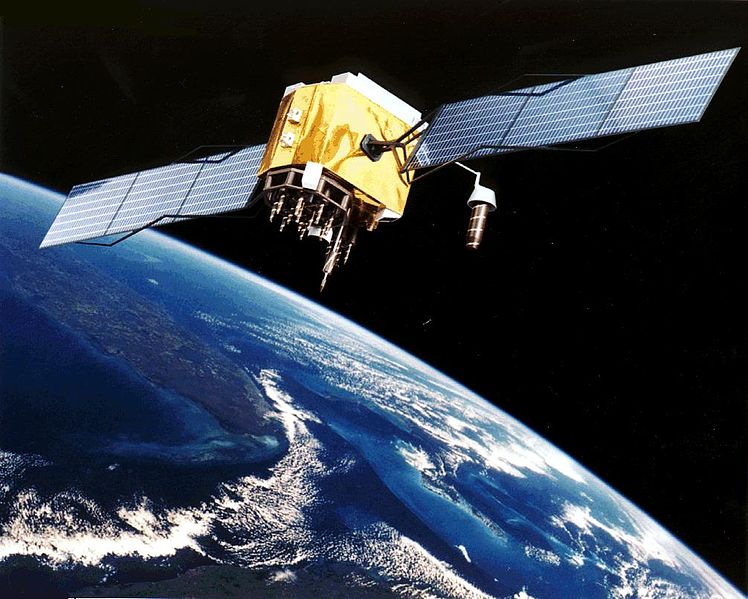
The Starlink constellation may soon have 42,000 satellites in low Earth orbit.
SpaceX has filed documents with the International Telecommunication Union, to launch up to 30,000 more satellites for its Starlink global broadband constellation. That number is in addition to the 12,000 satellites already approved by the Telecommunication Union and the US Federal Communications Commission. There are 20 filings submitted in total, each for 1,500 satellites structured in various low Earth orbits between 204 and 360 miles in altitude. SpaceX says that it’s about ensuring its network can meet anticipated demand “responsibly.”
A SpaceX spokesperson said in a statement that as demand for fast, reliable internet around the world escalated, especially where connectivity is non-existent, too expensive or unreliable, thus SpaceX is taking steps to responsibly scale its “total network capacity and data density to meet the growth in anticipated needs.”
The ITU filing doesn’t mean the Starlink project will actually launch a total of 42,000 satellites right tomorrow. SpaceX is anticipating big increases in the demand for low-latency and high-capacity connectivity globally, and its initial deployment plans only cover a part of that demand. In addition, having in mind the increased interest in providing communications from orbit, it is expected there is a growing rush on the spectrum over the next few years.
Asking permission from the International Telecommunication Union is just the first step in a very long process. The Starlink project has seven years to launch a satellite with the frequencies it requested, and it will have to operate it for 90 days before it loses access to the spectrum rights.
SpaceX successfully launched the first 60 Starlink satellites into orbit earlier this year, with plans of launching 60 more within this month and even more in November.
According to TechCrunch.
